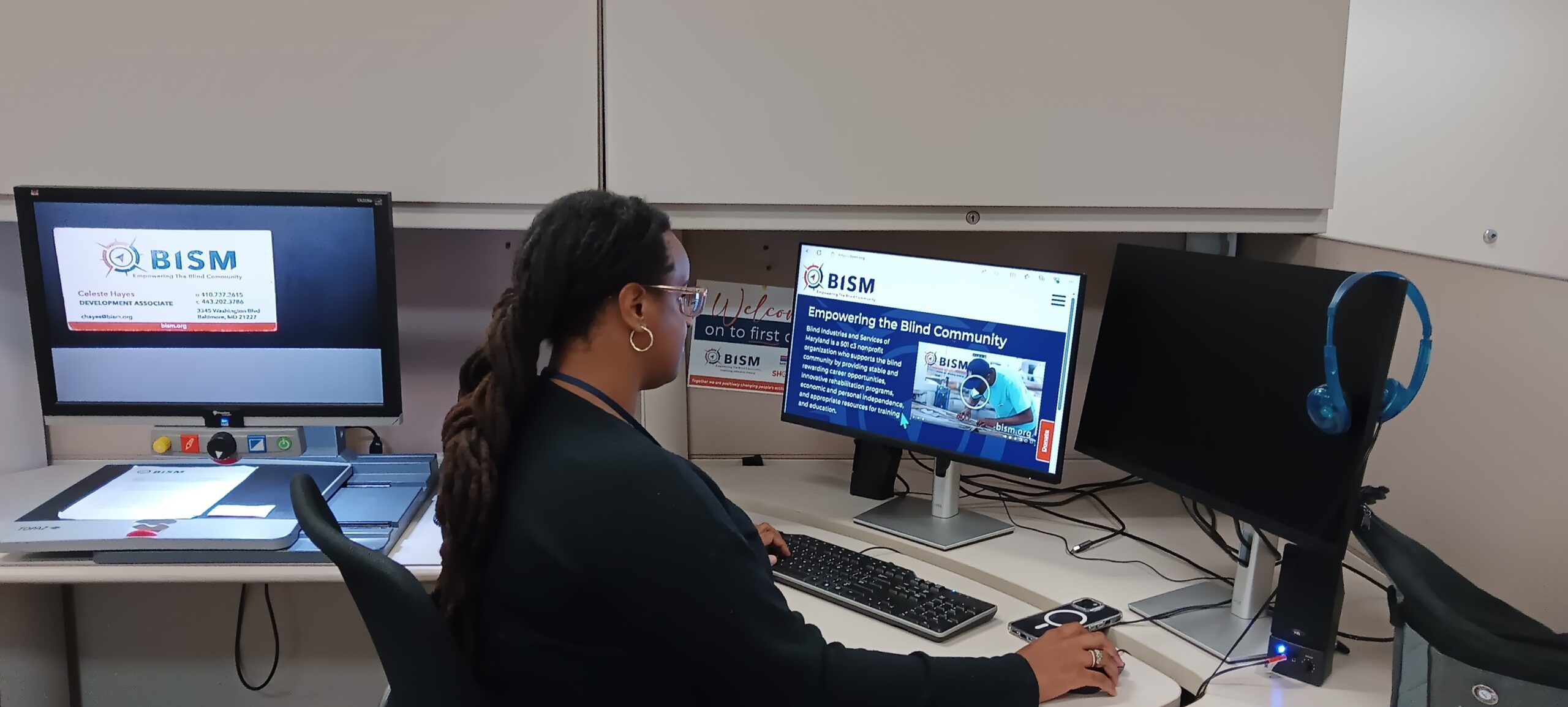In today’s fast-paced world, technology plays a vital role in shaping the way people live, work, and connect with their surroundings. This is especially true for the blind and visually impaired community. Over the past decade, remarkable advancements in assistive devices have enhanced independence and autonomy, empowering individuals with blindness to navigate their daily lives with greater ease and confidence. From innovative screen readers to mobility tools that leverage artificial intelligence (AI), these modern solutions are redefining accessibility and inclusion.
Screen Readers and Voice Assistants: Expanding Digital Access
One of the most critical aspects of modern life is access to digital information, and for people who are blind, screen readers are a game-changer. Screen readers are software programs that read the text displayed on a screen aloud, providing auditory feedback. Notable examples include JAWS (Job Access with Speech), NVDA (Nonvisual Desktop Access), and Voiceover (built into Apple devices). These tools enable blind individuals to use computers, smartphones, and tablets just as easily as anyone else, giving them access to emails, websites, social media, and other digital resources.
In addition to screen readers, voice assistants like Siri, Alexa, and Google Assistant have further simplified digital interaction. These voice-activated technologies allow users to perform tasks such as sending messages, setting reminders, making calls, or even controlling smart home devices using voice commands alone.
Refreshable Braille Displays: Keeping Braille Alive
While voice-based technologies have advanced rapidly, Braille remains an essential form of literacy for many blind individuals. Refreshable Braille displays are tactile devices that electronically display Braille characters, allowing users to read digital content through touch. These devices can be connected to computers, smartphones, and other digital platforms, making it possible for Braille users to access and interact with text in real time. Not only do they support education and employment opportunities, but they also ensure that Braille literacy continues to thrive in the digital age.
AI-Powered Navigation Tools: Enhancing Mobility and Independence
Perhaps one of the most groundbreaking advancements in assistive technology for the blind has been the development of AI-powered mobility tools. These tools assist with navigation and orientation, helping individuals move through unfamiliar environments with greater safety and confidence.
One such innovation is Aira, a service that connects blind individuals with trained agents through an app. Using the phone’s camera, the agent can provide real-time assistance, helping the user navigate their surroundings, read signs, or even identify objects. Another powerful tool is OrCam MyEye, a wearable device that attaches to glasses. It uses AI to read text aloud, recognize faces, and identify products, providing immediate visual information through auditory feedback.
Smart Glasses and Augmented Reality: A Glimpse into the Future
Smart glasses equipped with augmented reality (AR) features are pushing the boundaries of assistive technology for the blind. Though still in development, these glasses aim to enhance spatial awareness by creating 3D maps of the environment and providing audio cues based on the user’s surroundings. Companies like eSight and Envision are at the forefront of developing wearable devices that leverage AR to improve mobility and access to visual information, whether for navigation or reading printed text.
As an organization, BISM is dedicated to embracing and fostering these emerging technologies. We recognize that independence comes in many forms, and the integration of AR in assistive devices could pave the way for even more accessible solutions for the blind community.
The technological advancements in assistive devices for the blind are not just enhancing daily living but are actively transforming what it means to be independent. BISM’s mission to foster self-sufficiency and our vision of building pathways to independence align closely with these advancements, and we are excited to see how the future of assistive technology will continue to support and uplift the blind community.



